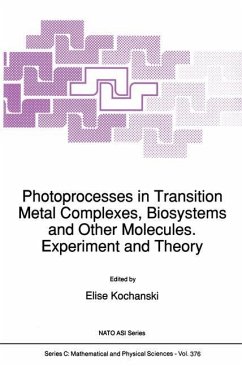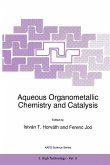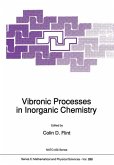The scope of this paper is to recall fundamental notions of the molecular spectroscopy and dynamics, necessary for discussion of photophysical and photochemical processes in condensed phases. We will thus treat in a more detailed way the specific features which are important for molecular systems strongly interacting with their environment. Other aspects such as the time evolution of isolated molecules, single-level excitation and state-to-state chemistry, important for the gas-phase photophysics are omitted. We start (Sec.2) with a brief description of radiative processes (light absorption and emission) in molecules. In the quantum-mechanical treatment of this problem, the appropriate basis is that of so-called zero-order states, corresponding to the traditional scheme of electronic states (singlets, doublets, triplets etc.) and vibrational levels belonging to each state. The important point will be deduction of selection rules for most radiative transitions. At this stage all molecular states are considered as stationary states. In order to treat the breakdown of simple selection rules and non-radiative transitions between individual molecular states, it is necessary to take into account the mechanisms coupling the zero-order states (Sec.3). We will first focus on intramolecular coupling effects and then discuss the solvent effects on intramolecular relaxation processes. The problem of the non-radiative transfer of the electronic energy between different molecules - closely related to that of the energy dissipation within a single molecule will be treated in Sec.4.
Bitte wählen Sie Ihr Anliegen aus.
Rechnungen
Retourenschein anfordern
Bestellstatus
Storno








